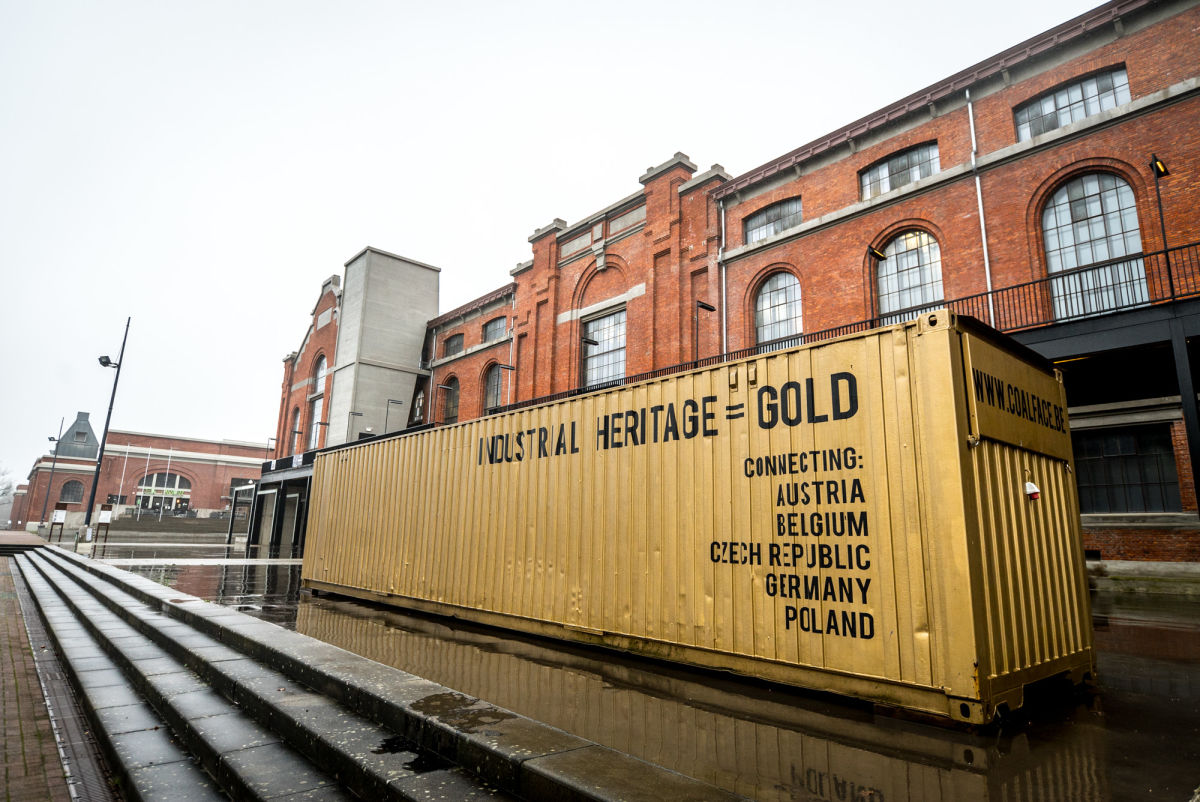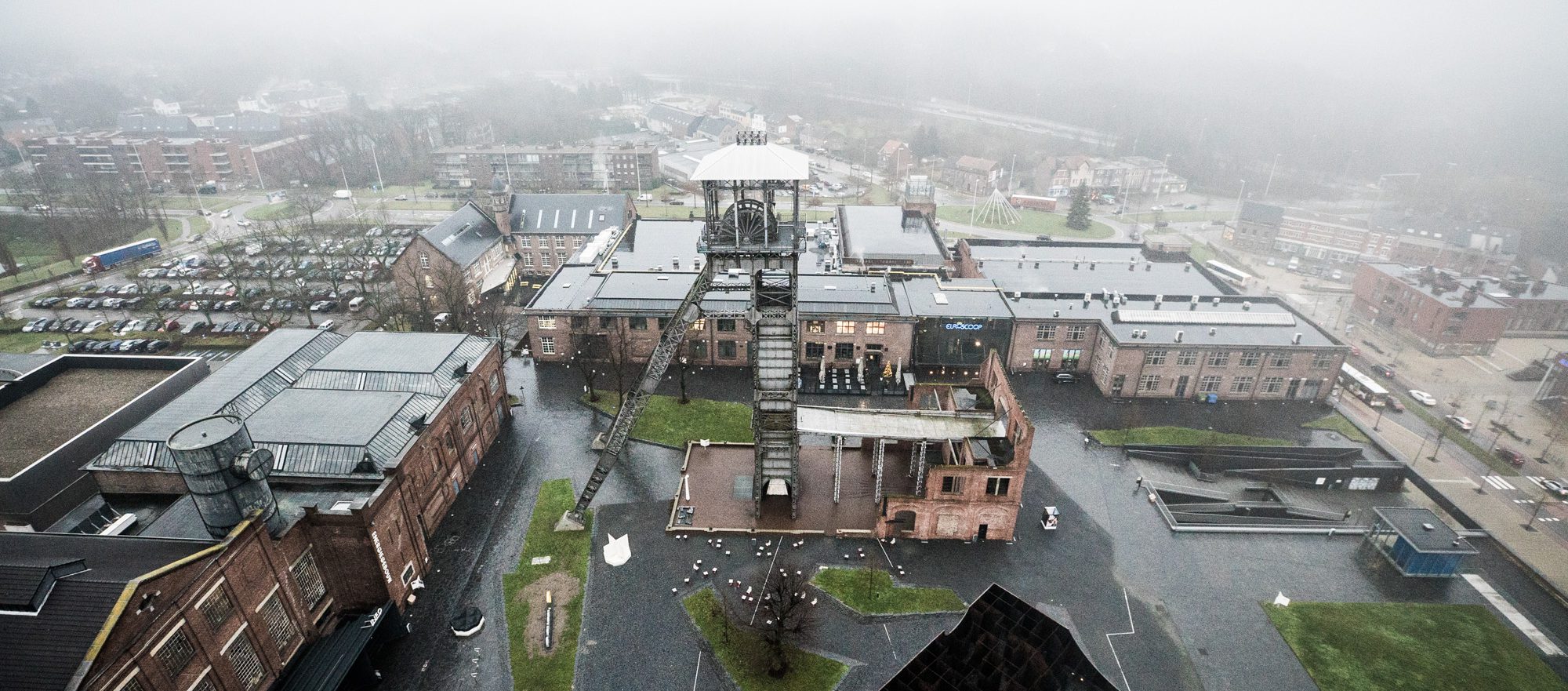
Text by Claudia Ciobanu
All photos by Berber Verpoest
Genk, Belgium – Situated on the old site of the Waterschei mine in the city of Genk, northeast Belgium, Thor Park is a symbol of the Limburg region’s transition from coal mining to green energy: once a coal mine employing 7,000 people, it is now a hotspot for technology, clean energy and innovation.
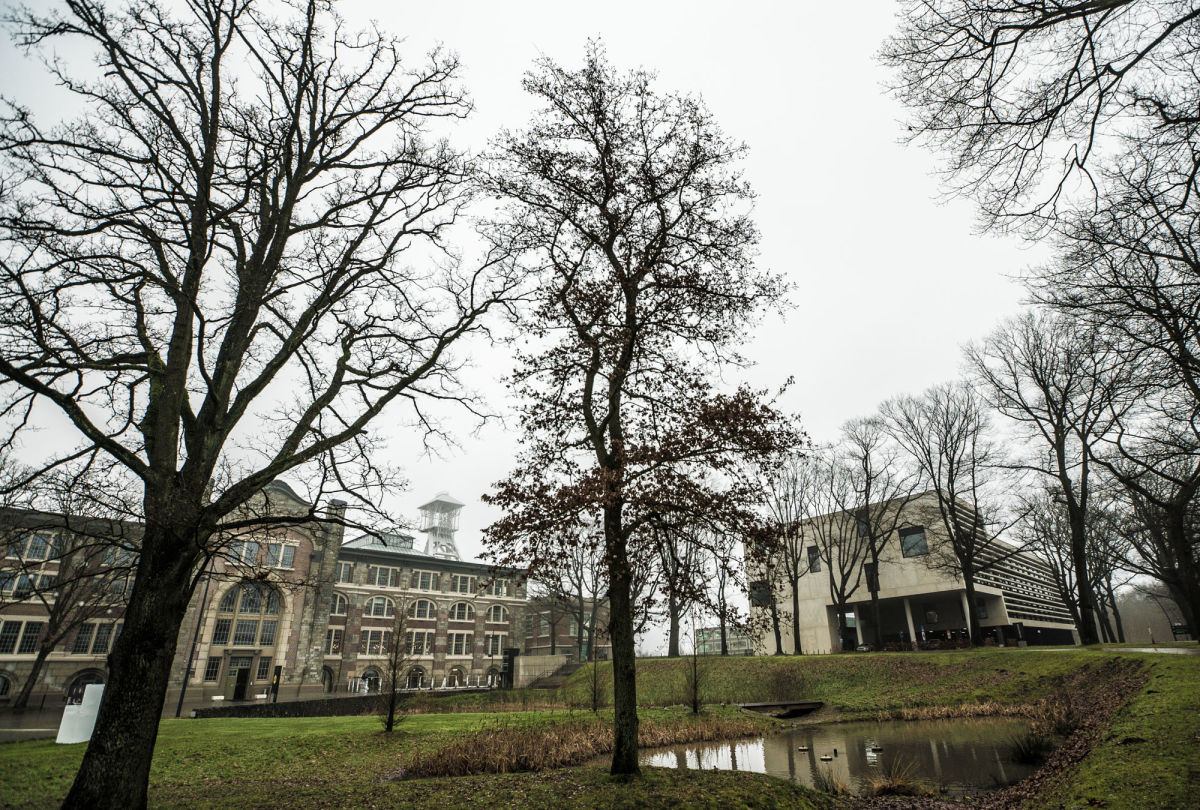
The site was even mentioned by Maros Sefcovic, the vice-president of the European Commision in charge of the Energy Union, when he launched in December the EU Platform for Coal Regions in Transition, meant to assist regions moving away from coal.
‘Inspiring projects include EnergyVille in the Belgian city of Genk which transitioned from a coal-mining economy to high tech hub which helps cities across the country learn from its experience,’ wrote Sefcovic in a comment published by EurActiv on the occasion of the platform launch.
EnergyVille
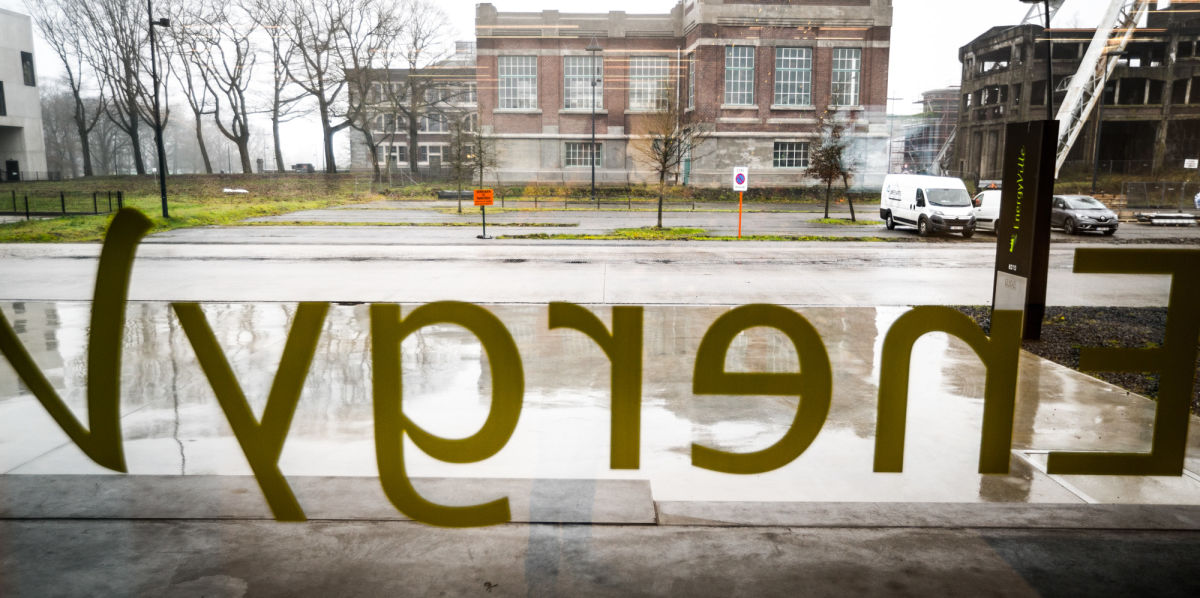
The Commissioner was referring to EnergyVille, a European research center located in Thor Park, which brings together several universities and research institutes to carry out research and business development on sustainable energy and intelligent energy systems.
Among the many projects EnergyVille scientists work on is a peer-to-peer energy trading model that would enable small energy producers, including households equipped with roof solar panels, to trade energy on their own on mini local energy markets.
‘This is a new paradigm for energy trading, which is necessary if we want to make the energy transition happen,’ explains Serge Peeters, in charge of business development at EnergyVille. ‘Instead of having to curtail the energy we produce from renewables – as it happens now on some days when there is oversupply – small producers could sell the surplus to whoever they choose, to their neighbours or businesses in their community.’
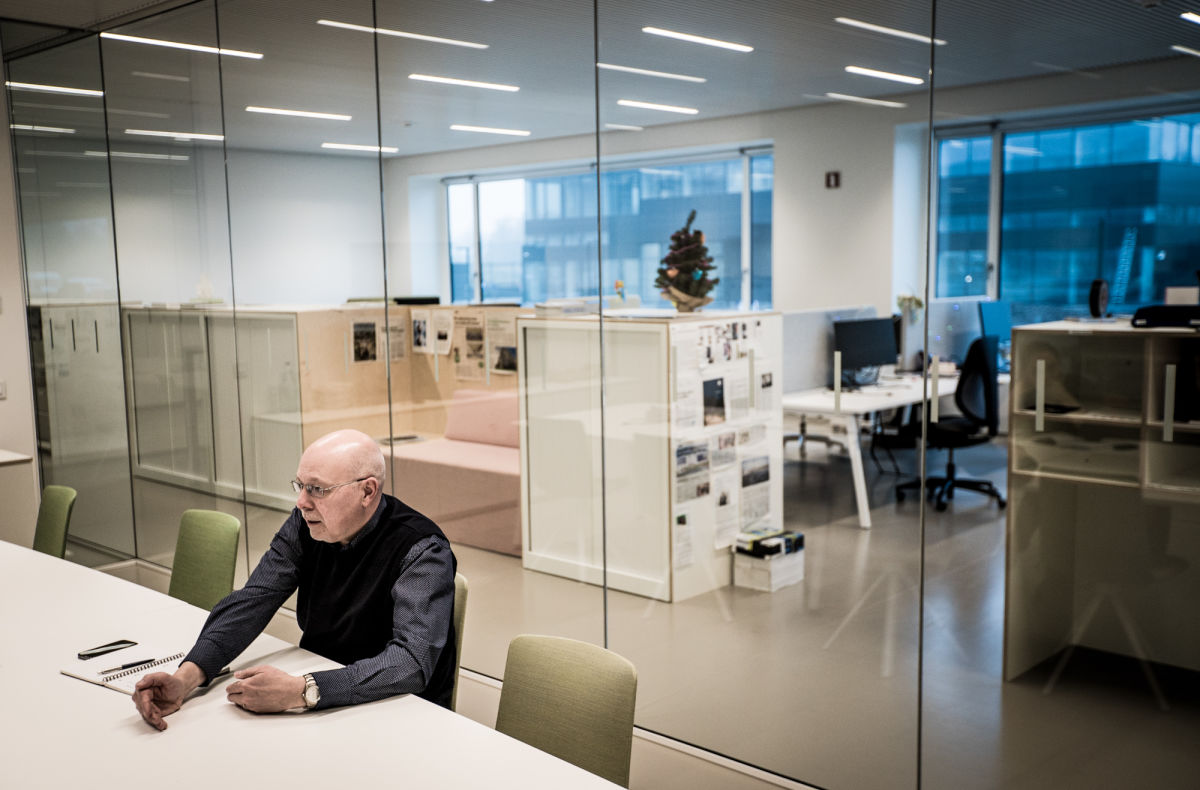
Relying on blockchain technology (the peer-to-peer technology behind bitcoin), the new energy trading model would ideally end up being operated by local communities, reducing their dependency on utilities and eventually allowing them to primarily use renewable energy produced locally. In an optimistic scenario, this would be a way to meet base load electricity needs using clean energy.
‘This is a new paradigm for energy trading.’
A new model for energy trading is necessary, argues Peeters, not only because energy production has become extremely fragmented because of the boom in solar and other renewables, but also because prices of electricity have become impossible to predict more than 24 hours in advance: it’s just too hard to anticipate the mix of climate conditions that affect wind and solar production, domestic consumption patters and various interactions among buyers and sellers.
Peer-to-peer energy trading is being experimented with at various locations around the world though there are still many questions pending about whether the model is the most efficient way to promote the development of renewables.
In Genk, Peeters says they’re about 80 percent done with developing the model and are close to experimenting with it in the Thor Park. The scientists obtained some regulatory exemptions required to pass electricity produced by the solar panels on the EnergyVille building or locally stored in batteries to other buildings in the Thor Park complex.
‘You need a story to develop’
That Peeters and his colleagues can work on this peer-to-peer energy trading model in Thor Park is due in big part to Paul Boutsen, who spent much of his energy while working as independant consultant for the mining municipalities advocating that the old mining sites in Limburg should not be destroyed, but redeveloped instead, in order to stimulate the alternative development of the region.
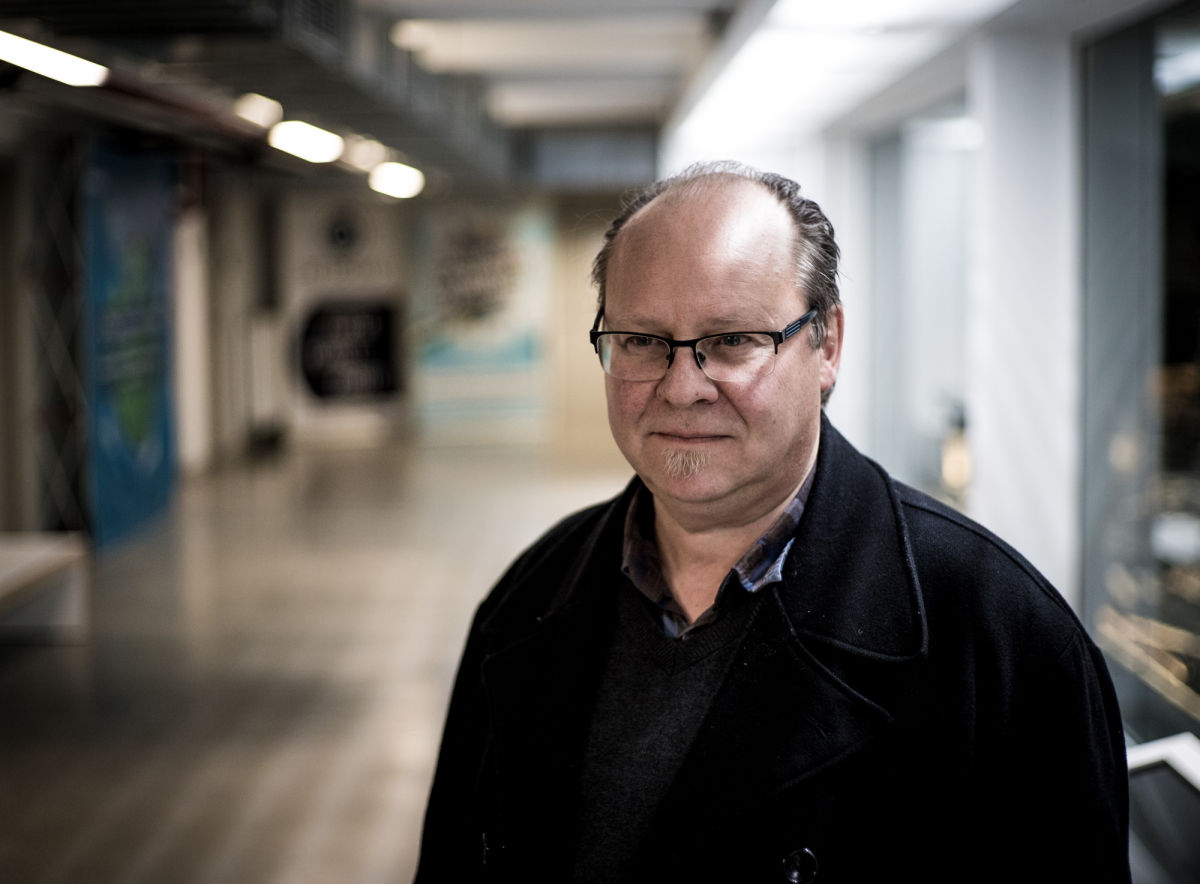
When Limburg’s coal mines closed during the 1980s, Boutsen and colleagues got engaged in a mad race to save the old mining sites from being demolished – a struggle that continues into today at one of the sites.
In the period when the mines were closing down, it was hard to get authorities on the various levels to agree on a common plan for regional redevelopment – Belgian politics has always been complicated that way, Boutsen says. LRM, a regional investment bank, took over most of the sites but – being profit-oriented – it would only keep structures standing if they didn’t come in the way of making money from the site.’
‘This won’t work if all we have to offer is cheap office space.’
Boutsen, meanwhile, argued the post-mining development of Limburg could get a strong boost from the old mining sites if they were integrated in a coherent narrative and ‘told a story’.
‘This won’t work if all we have to offer is cheap office space,’ Boutsen explained. ‘Each site has to have an identity, businesses and others have to want to be here because they are part of something bigger.’
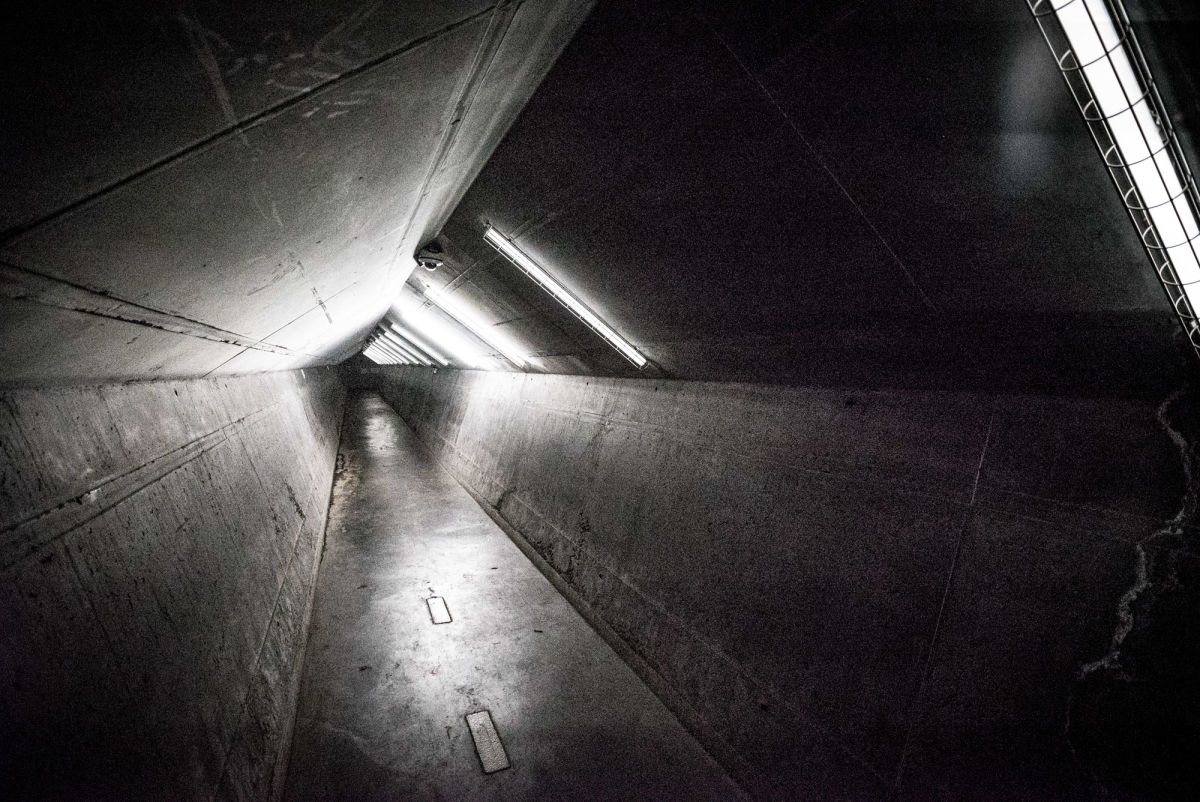
While visiting the old mining sites (Boutsen doesn’t allow skipping any because, according to him, each is a precious element of the big picture), one gets a sense that it mostly worked out the way the energetic man had imagined – even if it took a while.
On the site of the old Zwartberg mine, there’s now a business park, occupied primarily by SMEs and local entrepreneurs. Exceptionally, only a small monument remains in place here to remind of the old mine (the rest was destroyed), which has historic importance for Belgium. It was the first coal mine the government ordered to close down in the 1960s, leading to miners’ strikes and the killing of two people by police. The tragedy forced the Belgian government to compromise with the workers and, via the Zwartberg Agreement, promise not to close any more mines until they can create a new job for each one lost in the mines.
A few kilometers away from the business park, in the former park of the mining director – the mining and annex infrastructure in Belgian Limburg is impressive as the various capitalists operating the mines in the early 20th century wanted to boast their wealth – well-known Belgian conceptual artist Koen Vanmechelen will soon open an art studio/ exotic animal park.
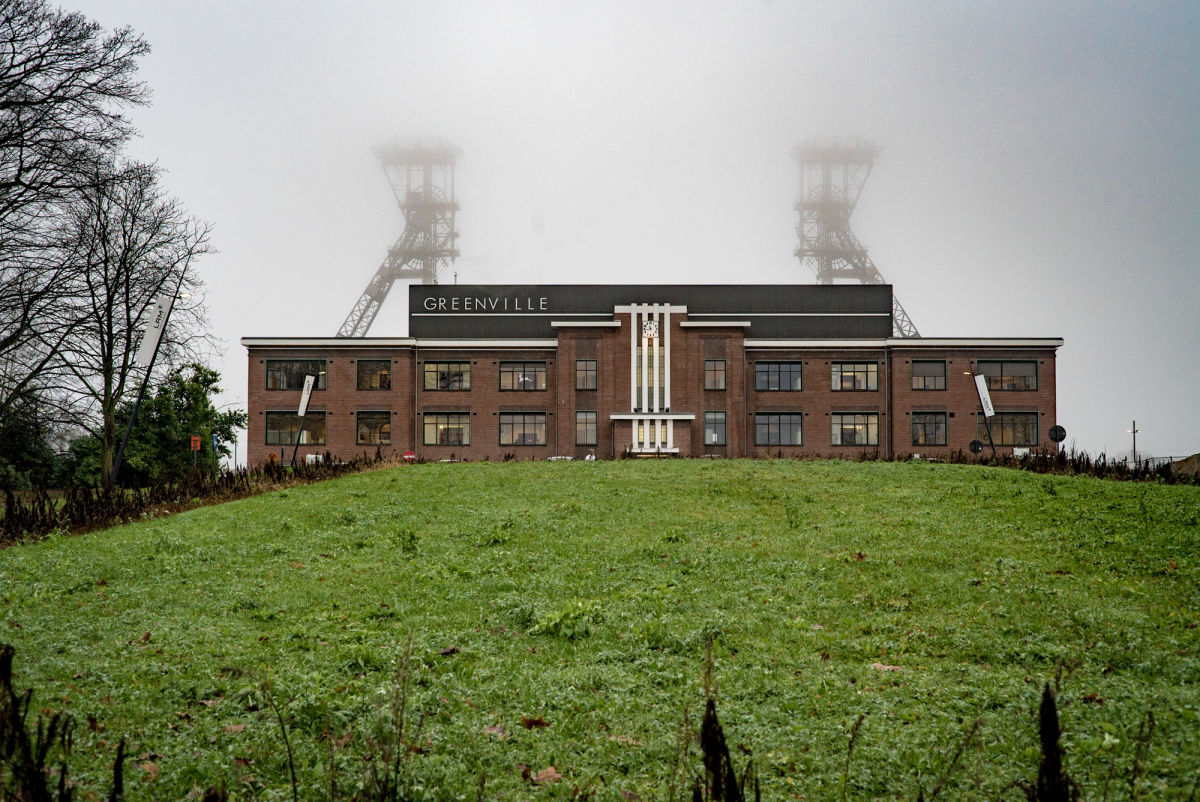
A clean tech incubator, Greenville, was built on the site of yet another mine in Houthalen-Helchteren nearby Genk. Among others, Greenville hosts the European Enhanced Landfill Mining Consortium, a European network of businesses, research groups and think tanks working on waste, who are very keen on having more partners from Central and Eastern Europe.
The region’s most famous redeveloped site is probably C-mine, a hub for the creative industry and the arts, hosting events – such as an upcoming Tim Burton festival with the presence of the director – drawing audiences from across the country and abroad.
Over time, the authorites have come around. Like in other countries and regions, relying on new industries to provide employment to former miners was an obvious option in Limburg. But, in a globalising economy, what has happened in Germany and elsewhere happened here too: the jobs moved to cheaper locations eventually. In 2014, a Ford factory employing 10,000 people in Limburg shut down. This made it clear that the region had to rethink its redevelopment.
In response to the Ford plant closure, the Flemish government came up with a 200 million euro investment plan, which included financing the redevelopment of old mining sites to orient them towards supporting a transition to innovative manufacturing and the knowledge economy.
Some of the money was used to further develop Thor Park. Last year, Thor Central, the one-century-old main building of the Waterschei mining complex, was reopened after renovation. It’s meant to serve as a meeting center, with restaurants and conference space filling in the superb building, which has preserved Art Deco details, a large skylight and an original terrazzo floor. In addition to EnergyVille, Thor Park hosts a science park, a business incubator, a campus for tech students and plans to open more similar institutions – its workers meant to congregate and exchange ideas in the common spaces.
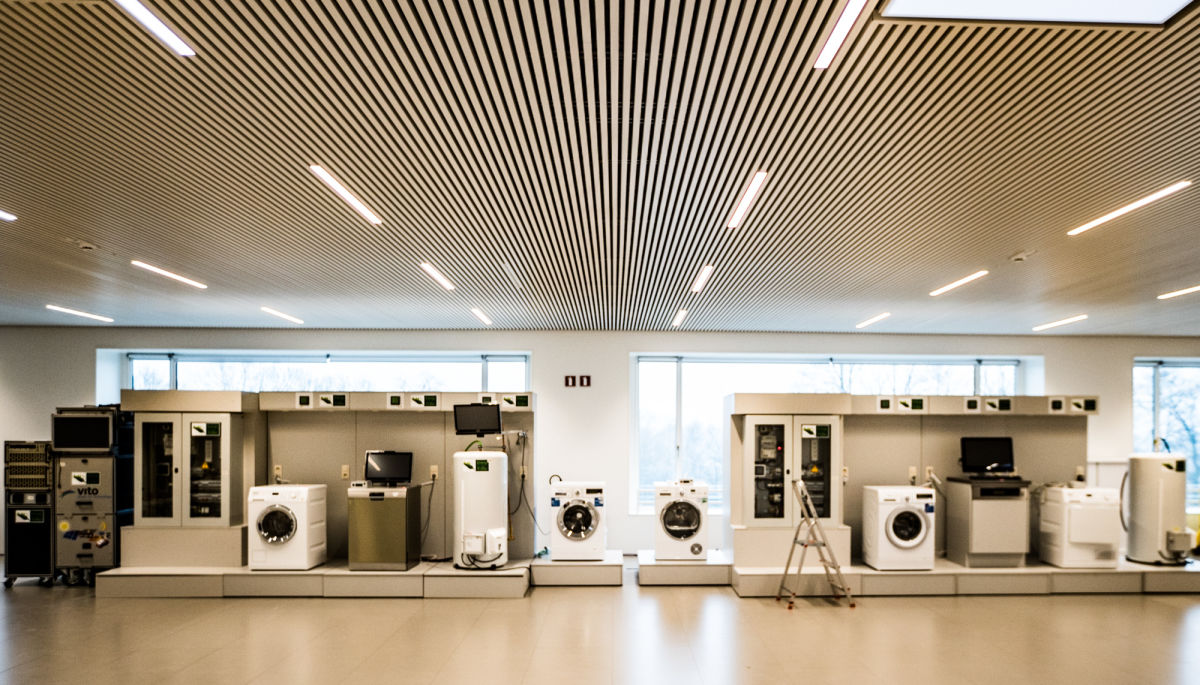
Walking through the old building hosting miners’ showers at the former Zolder mine – where Paul Boutsen worked a short stunt underground while studying and his father spent a lifetime – Boutsen comments that the sustainable building center opened there never became as popular as was planned. It might be time to think of a new plan for the location, the man pondered.
‘Mining regions have to reinvent themselves all the time, it never ends,’ Boutsen concludes.
Boutsen – a former social worker – insists that any redevelopment has to be done with respect to the mining past and the miners themselves.
‘If you just helicopter into a region and say that ‘we must finish with coal’ that will never work,’ he warns. ‘When you make future plans, first make an inventory of the resources and knowledge that is there and saveguard it. Miners have so much technological knowledge others don’t have. Don’t destroy, recycle!’
